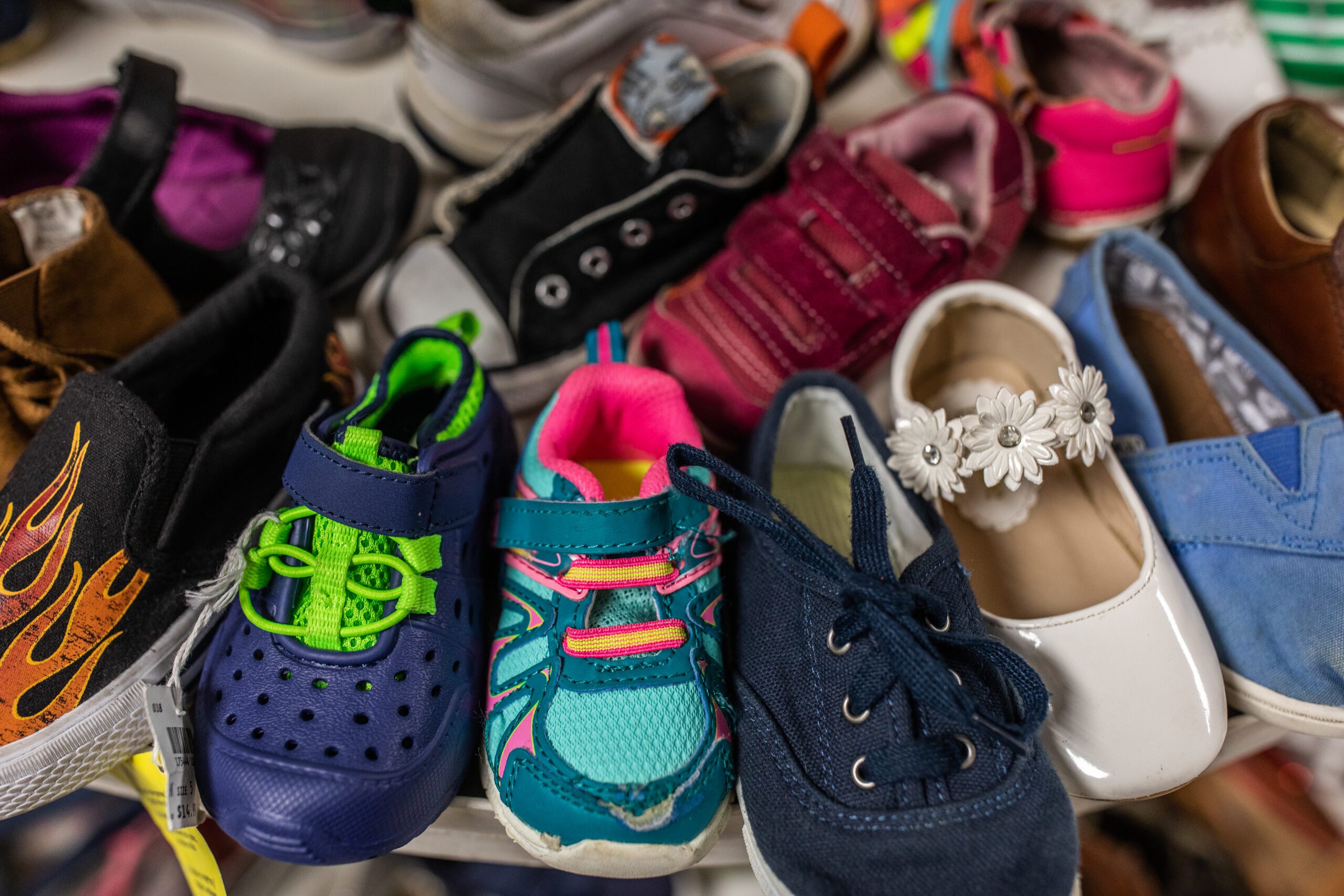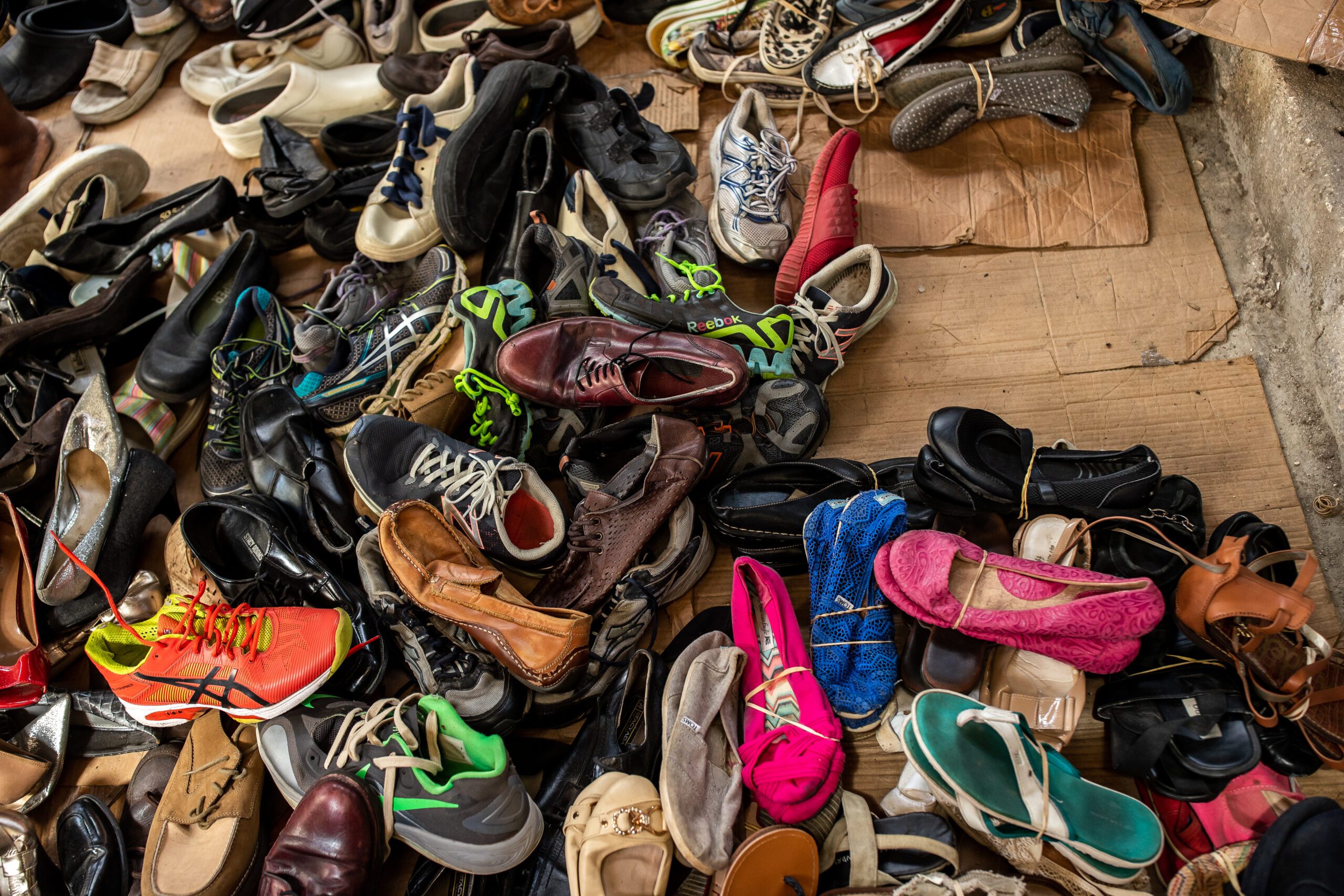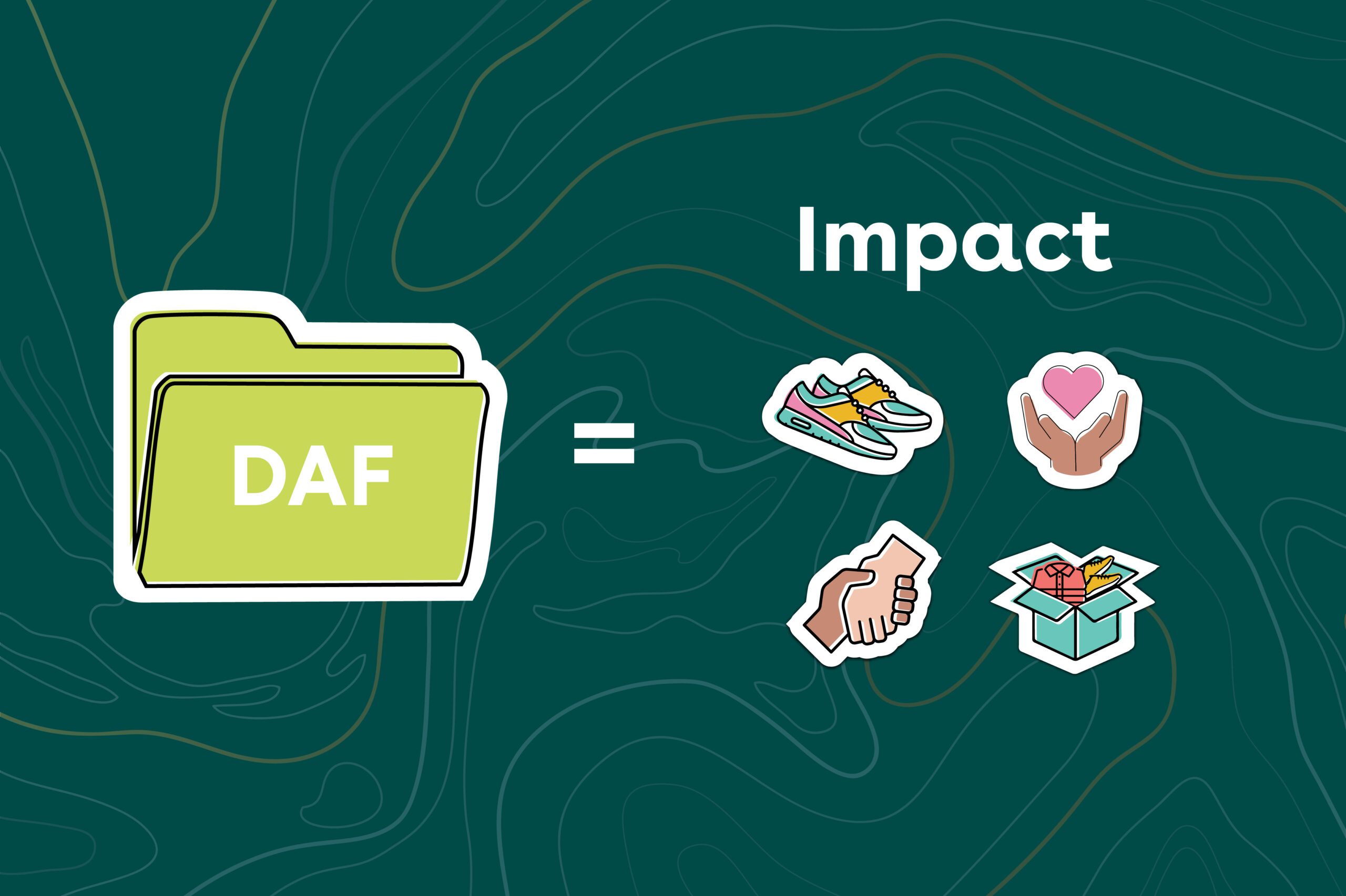They save you money. They save the planet. They might even save your wardrobe. It’s no wonder that in the UK, second-hand apparel is fast becoming first choice.
Two-thirds of British Gen Z consumers now prefer pre-loved purchases to those brand-new, swelling the value of the UK online second-hand goods market to £4.8bn. More than half (54%) of all Britons bought second-hand apparel in 2024, sparing billions in costs and keeping as many as 199 million products in use. And whether driven by affordability, sustainability or unique style, one truth is for certain: consumers now clearly crave circularity.
So, why aren’t more footwear and apparel brands offering it?
While almost a third of online UK purchases are returned, as many as 44% of these items are never resold. Instead, product damage, hygiene concerns or high processing costs mean a quarter end up in landfills and a seventh are incinerated. Similar fates await the £86,000 in overstocked goods (imperfect, damaged, sample or unsold products) held by the average clothing and footwear retailer.
As cost and environmental pressures grow, brands face growing clamour to reduce this waste, recoup overheads and protect their reputations. Fortunately, there’s so much you can do to unlock the value of your surplus (and meet climate and compliance regulations) today.
Clearance isn’t always clever: The true cost of surplus stock
From manufacturing errors to off-trend experiments, it’s inevitable that some of your fashion products will go unsold. But this inventory locks up capital, hoovers up storage costs and leads to hefty markdown losses. While brands can introduce sales and promotions in an attempt to shift excess stock, or sell it on to specialist clearance retailers/liquidators, flooding the market with cut-price clothing and shoes risks damaging your brand. Especially if it causes customers to see your products as lower quality or less exclusive.
Lower prices can also make consumers view your products as more expendable, too. While fewer manufacturers are now destroying the products they don’t sell, there’s little in place to stop a customer from throwing away a cheap t-shirt or pair of shoes if they don’t think it’s worth keeping in use.
When it comes to sending products back, shipping, warehousing and repackaging means the average cost of each return to a retailer reaches £20 – often higher than the original sale price. Some returns need to be processed differently too, with box-fresh trainers requiring a different approach to a damaged t-shirt. According to the BBC, “many companies simply don’t have the technology to handle these nuances in returned goods, so it is often most profitable for them to sell them cheaply to discounters… or to simply truck them to the dump.” This ‘take, make and waste’ mindset is just one of the reasons that the equivalent of a rubbish truckload of clothes is burnt or buried in landfill every second, with the fashion industry responsible for around 10% of global emissions.
Tightening EU and UK laws mean compliance pressure is building
Another concern for brands and their surplus stock is the burgeoning levels of waste regulations in force. The EU is leading the way with a raft of rules and strategies, including:
- Introducing design requirements that help make textiles last longer
- Mandating digital product passports so consumers can monitor a product’s lifecycle
- Shifting end-of-life responsibilities to the manufacturers of goods (i.e. it’s the brand’s duty to sustainably dispose of their products once customers no longer use them)
Although the UK has left the EU, any company that wants to sell products to customers in EU countries must comply with its laws. Meanwhile, the UK has also introduced laws of its own, including extended producer responsibilities for packaging and anti-greenwashing guidelines that dictate the ‘green claims’ that businesses can make.
How to turn surplus into social and environmental value
Ultimately, the best way to meet climate and compliance expectations is to make your clothing and shoes last as long as possible. This is why repurposing has become an increasingly important strategy.
Footwear and apparel that can be worn for several years, before getting repaired, modified and upcycled, are inarguably the future of the industry. In fact, re-commerce is now worth over £7bn to the UK economy. And while the success of consumer resellers à la Vinted often grab the headlines, numerous brands like UNIQLO and Levi’s have launched ultra-successful lines of reimagined products re-made from deadstock, returns and imperfections. Smarter surplus strategies will require more businesses to drive similar efforts to reduce clothing waste. Fortunately, it’s becoming easier than ever to get involved.
Today, circularity leaders like Soles4Souls provide brands and retailers with service-based programmes to handle surplus, B-grade and returned inventory. From sorting and grading to re-commerce, repair, repurposing and responsible end-of-life, these services divert textiles from landfills, protect brand integrity and create measurable social and environmental value.
Importantly, our solutions are optimised to meet UK waste and reuse requirements, including flexibility as legislation evolves. They also provide impact metrics and compliance-ready reporting to support ESG filings and stakeholder engagement. And in Soles4Souls’s case, any products unsuitable for resale (but still have life left to live) are donated to social impact initiatives like 4Opportunity, which help people in low-income countries escape poverty through entrepreneurship.
Simply, our repurposing services make circularity simple, secure and smart – while helping brands build stronger culture and credibility through authentic impact. To learn more, please contact alexandreg@soles4souls.org.



